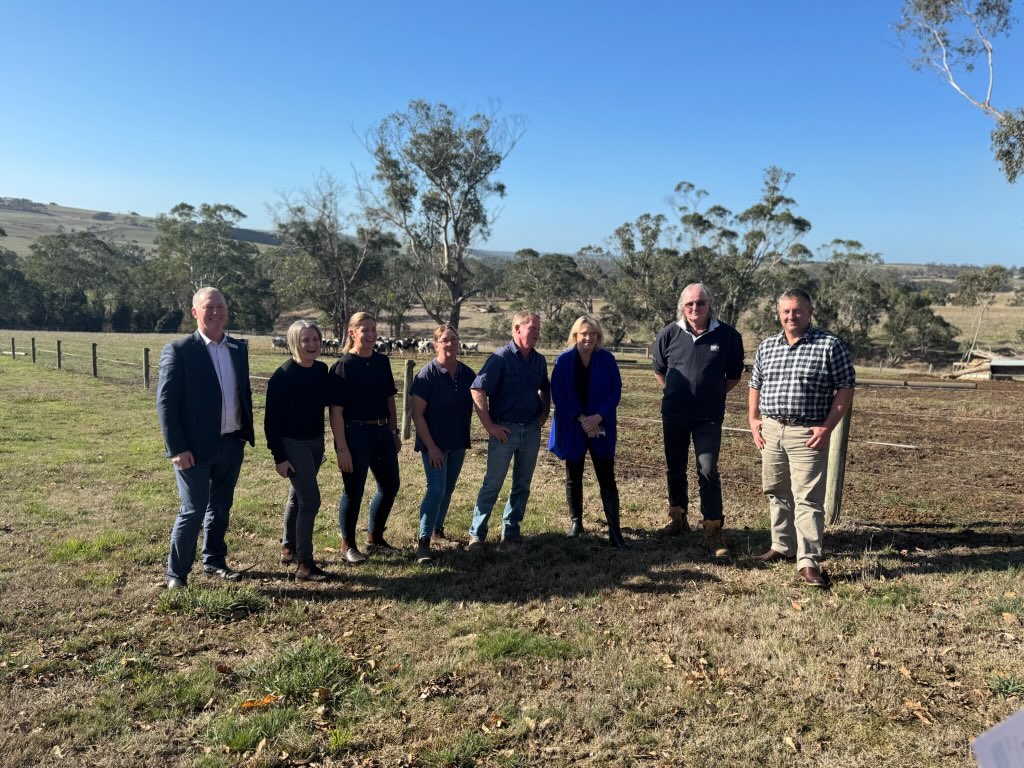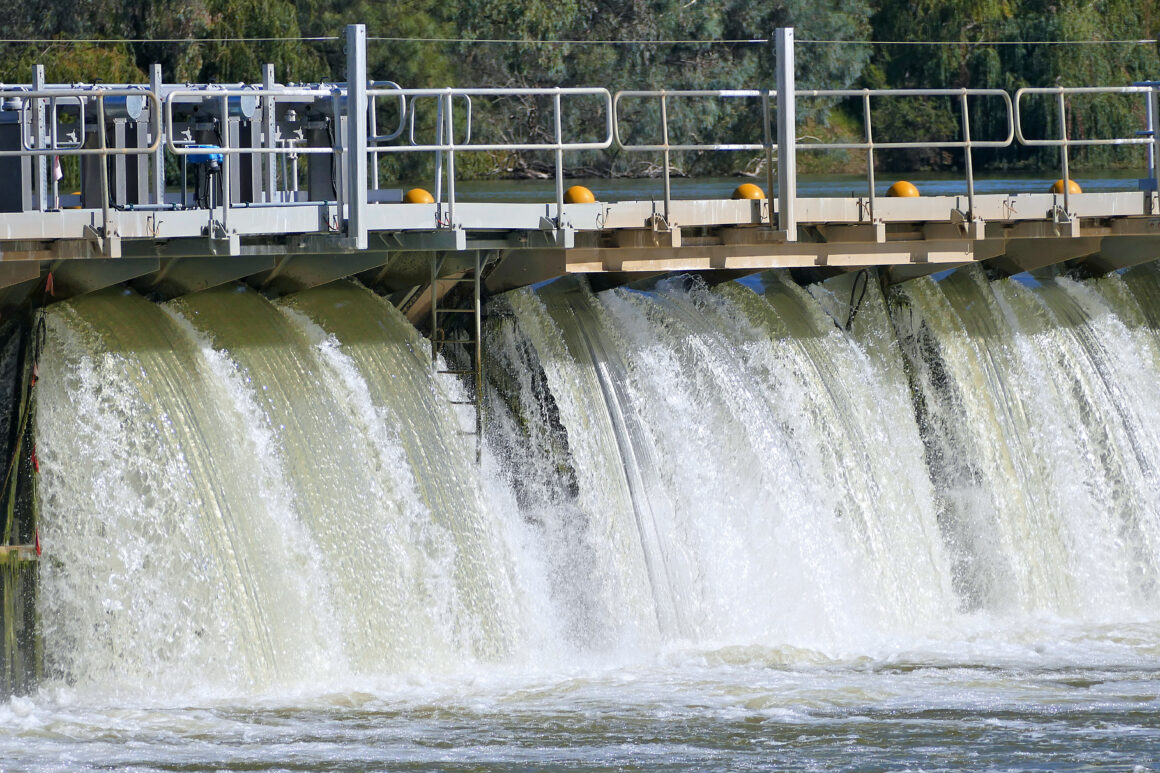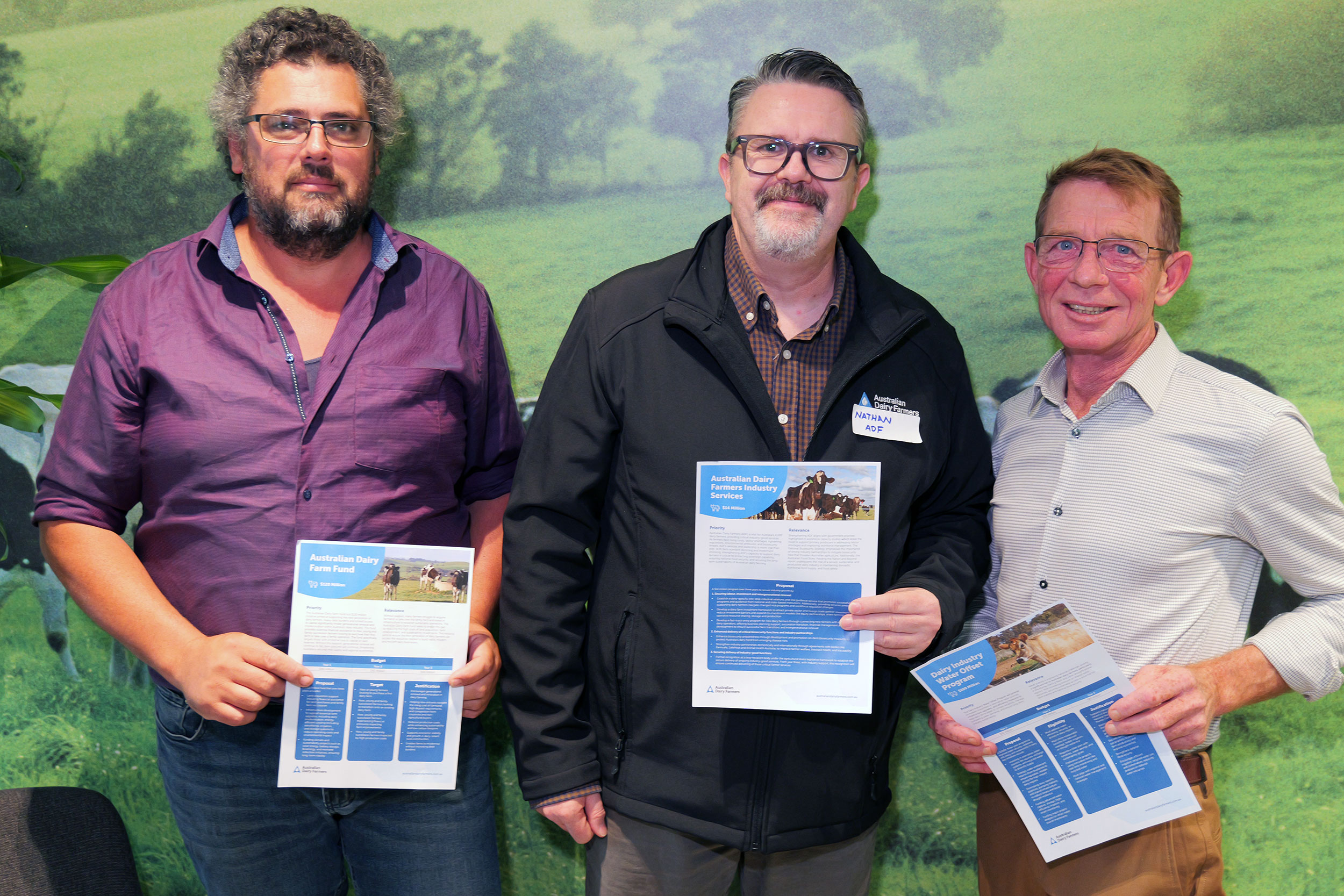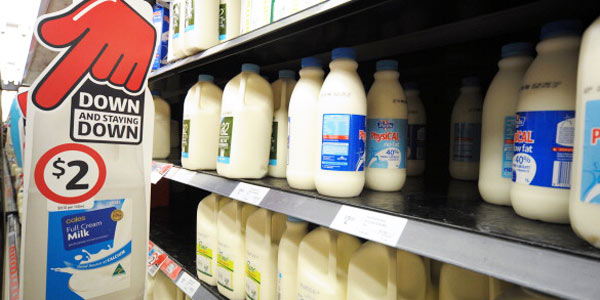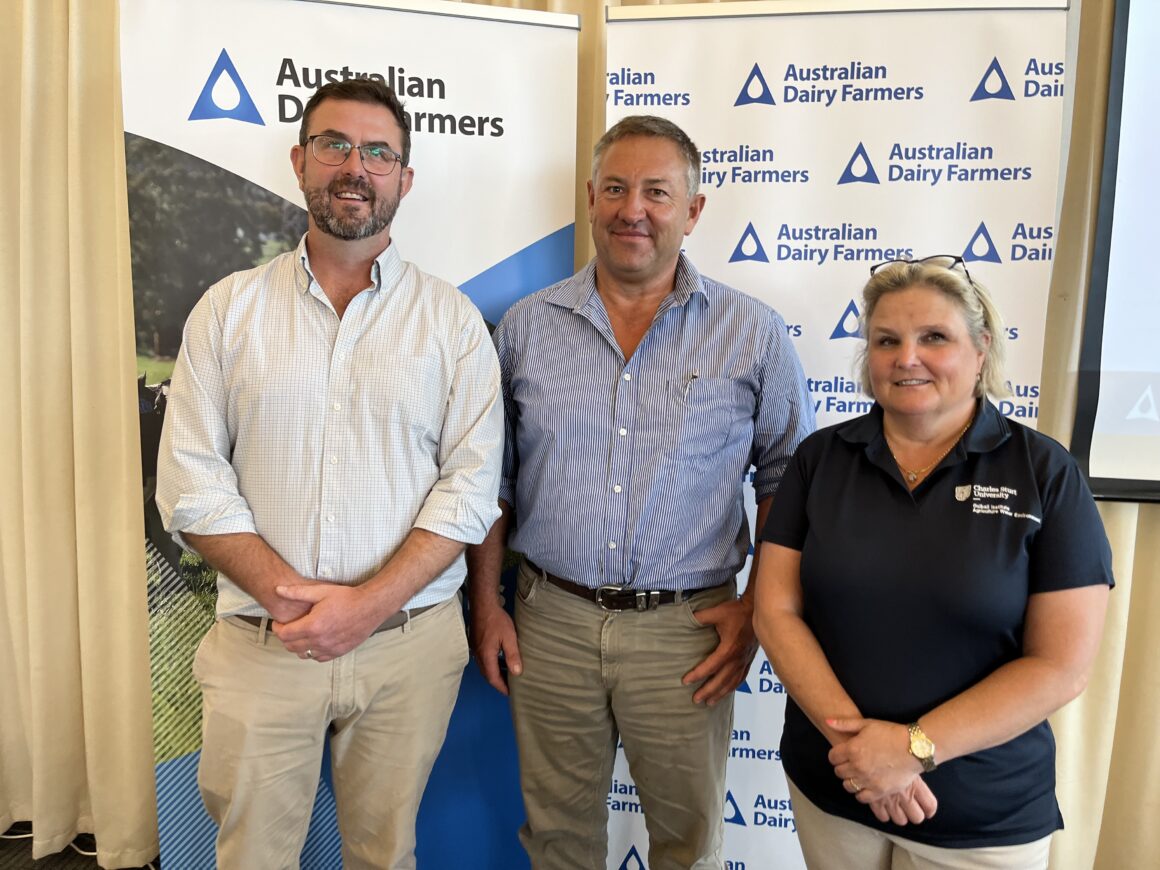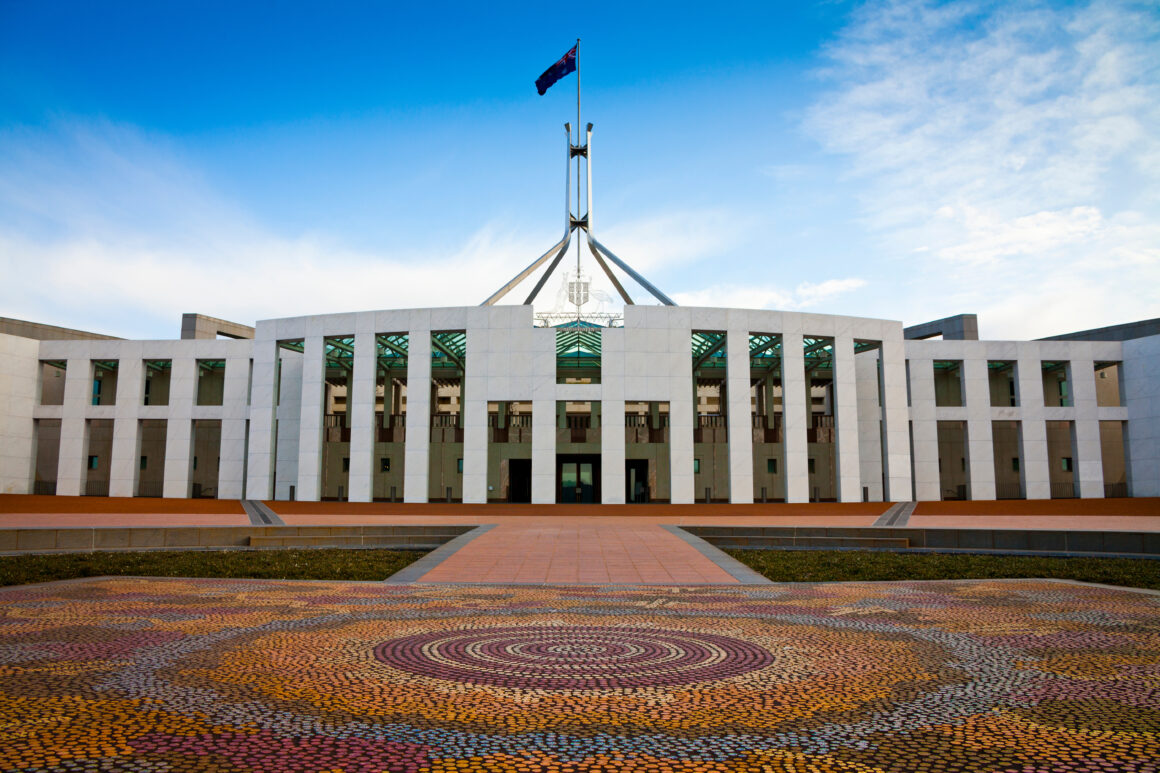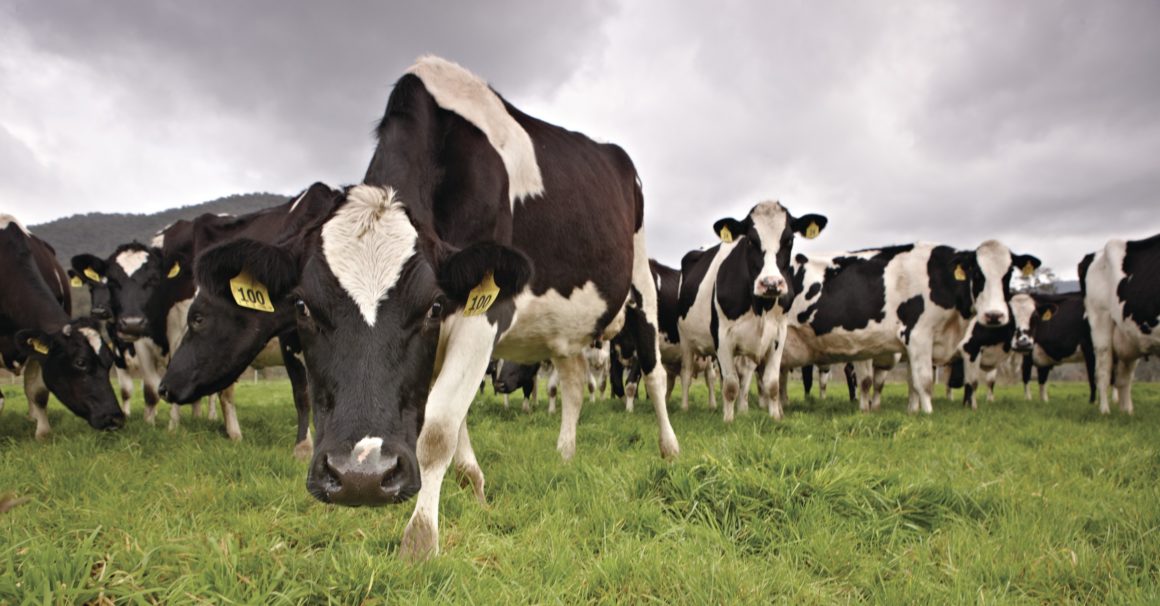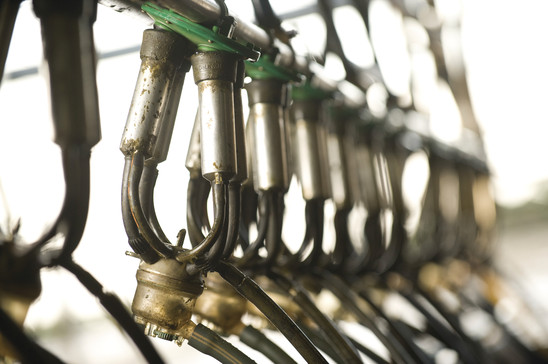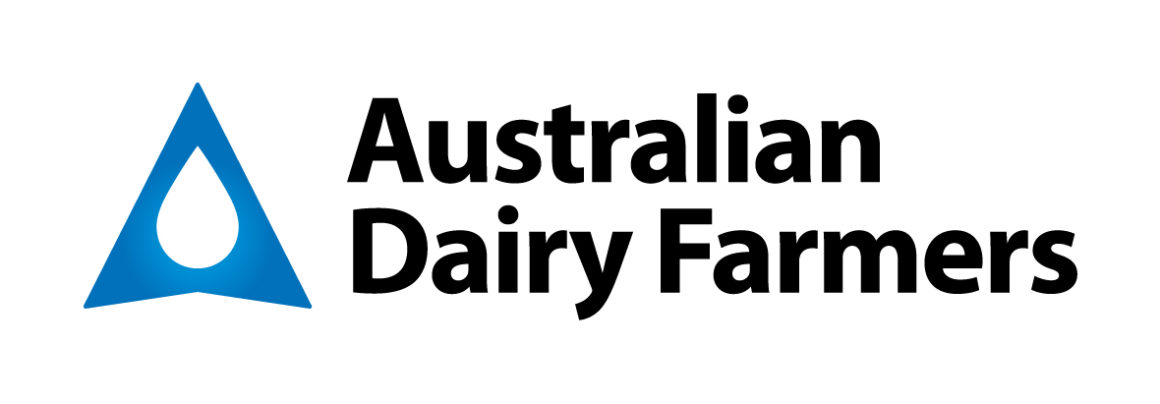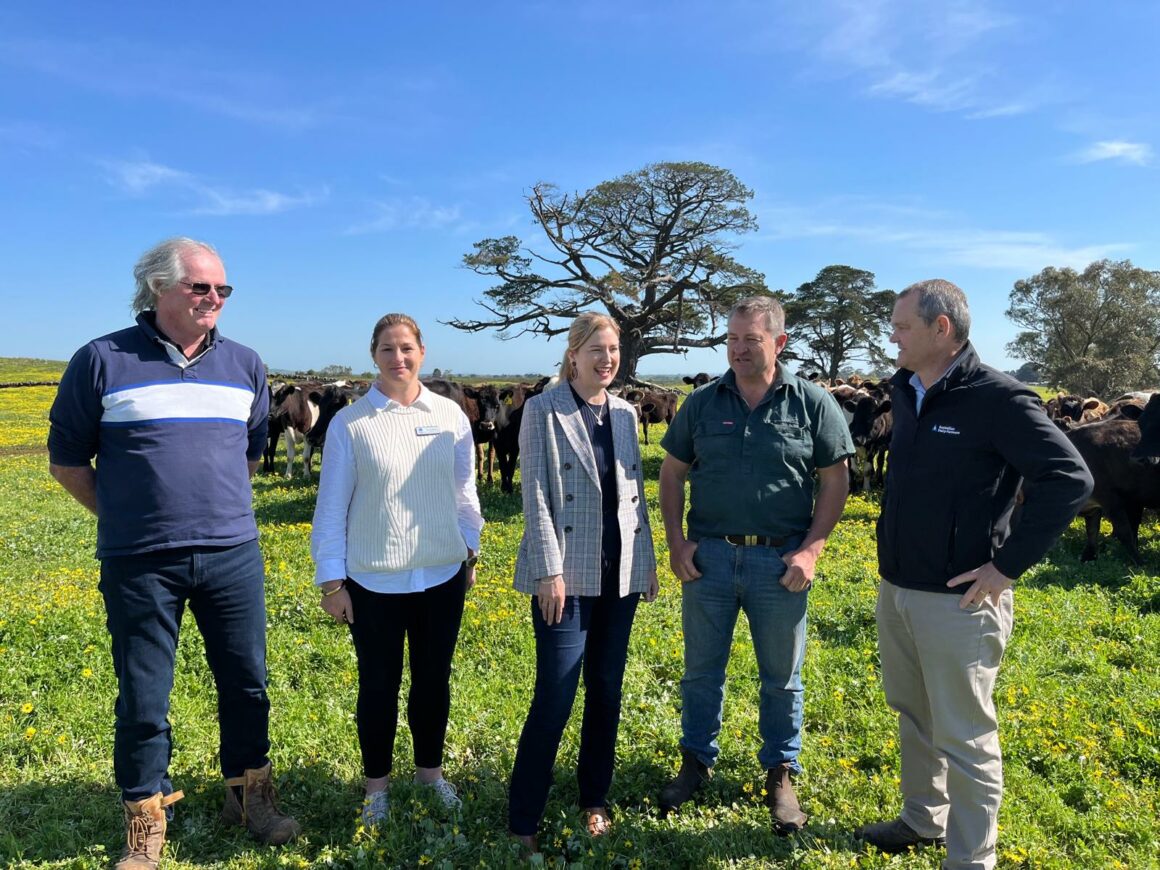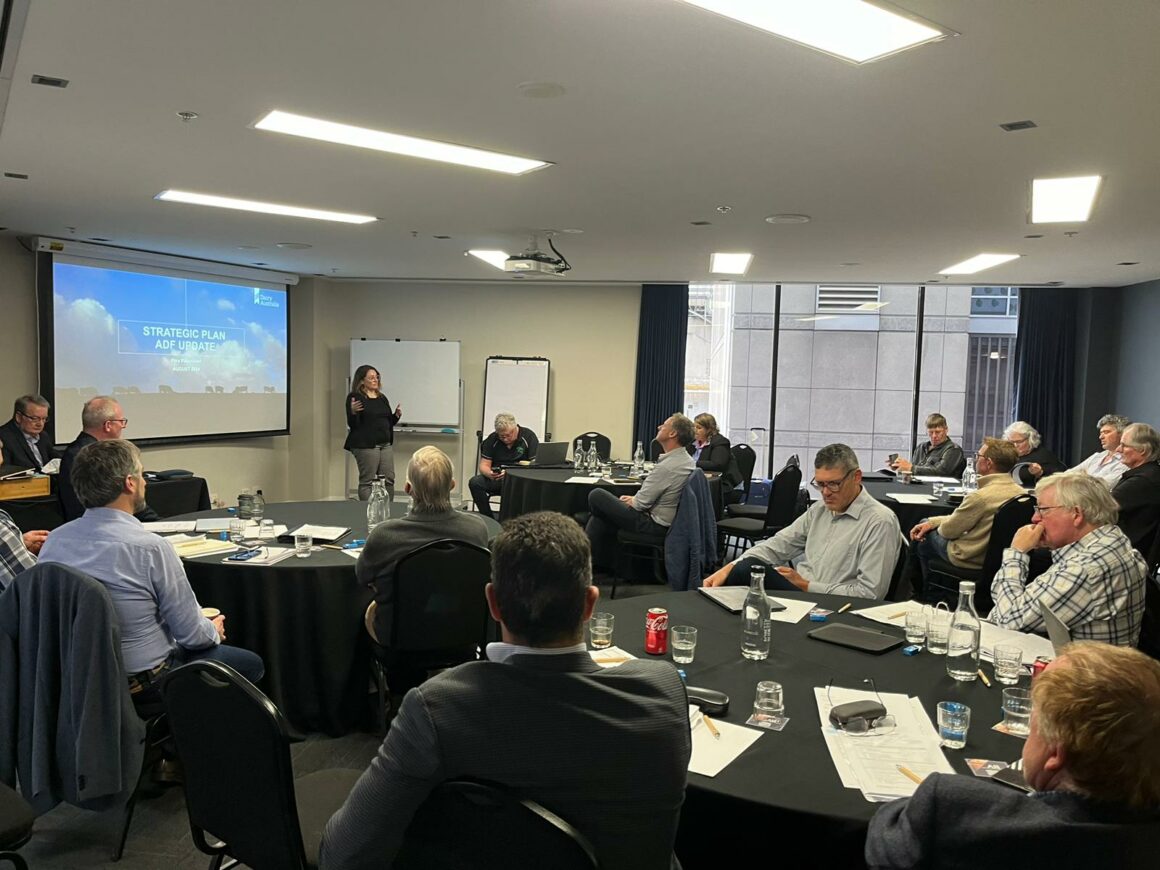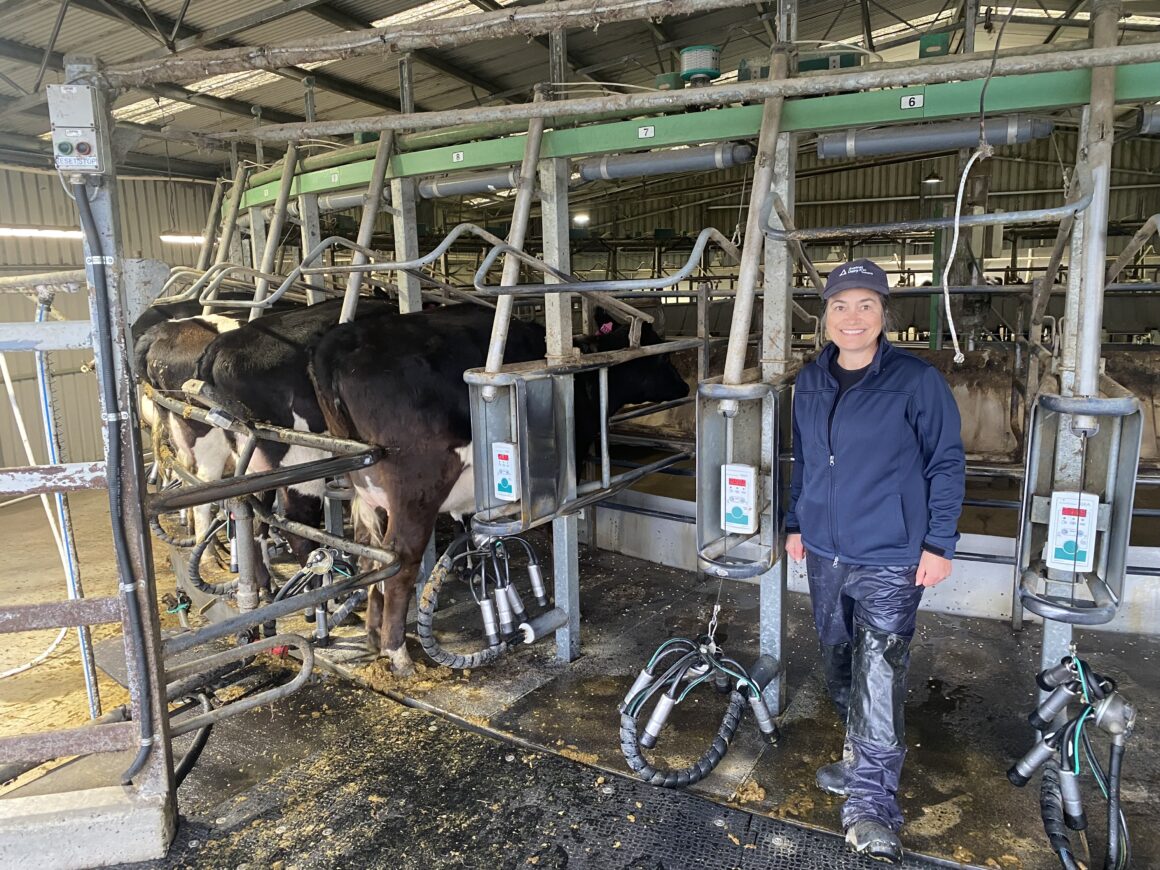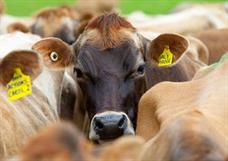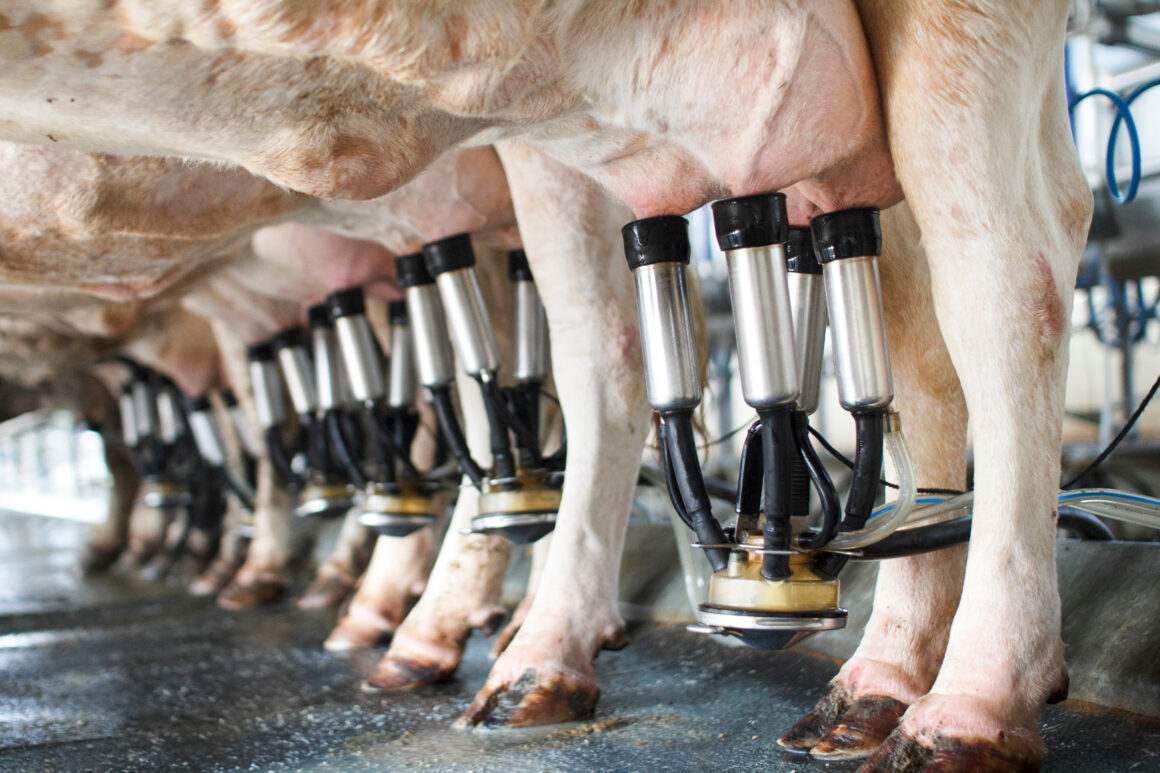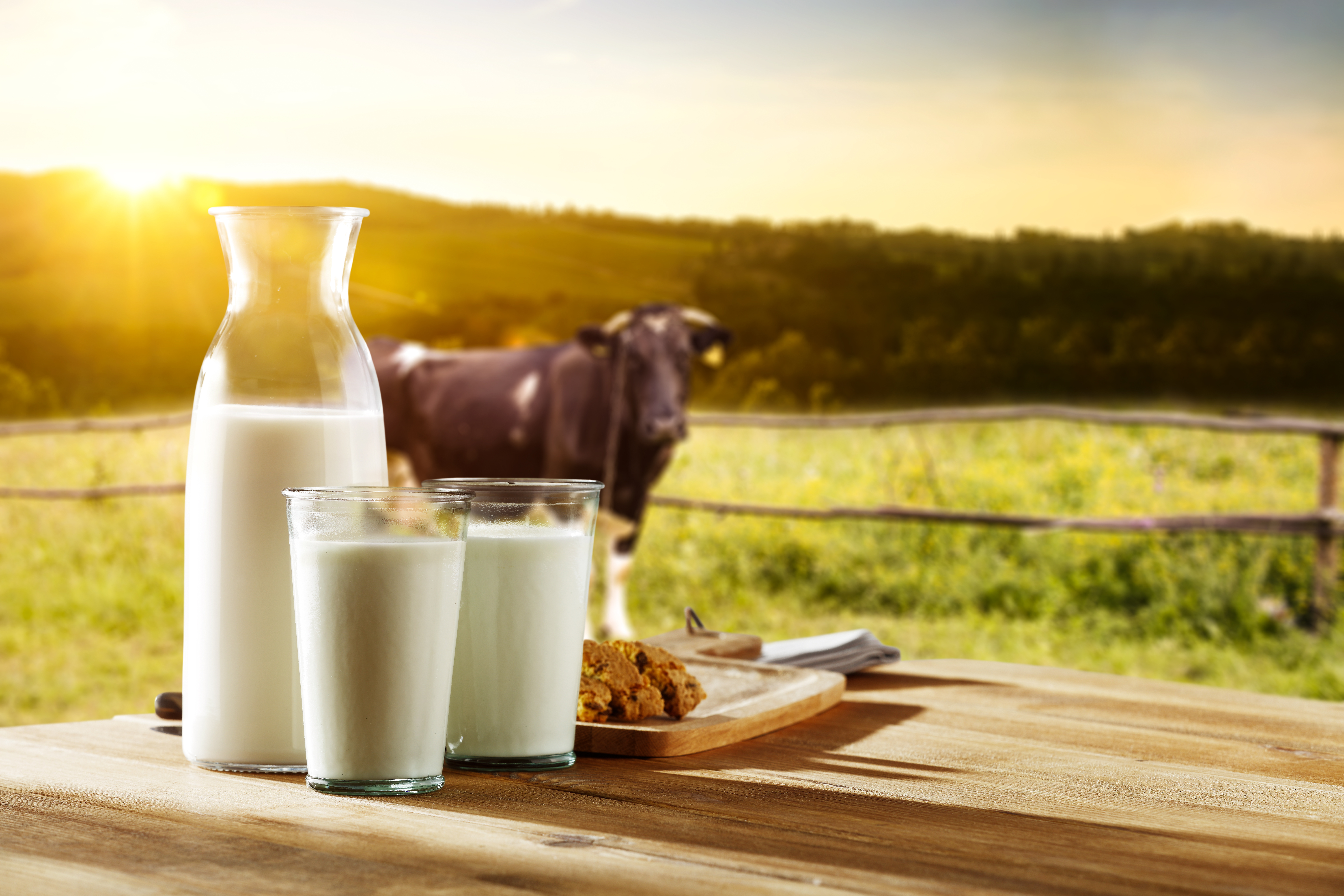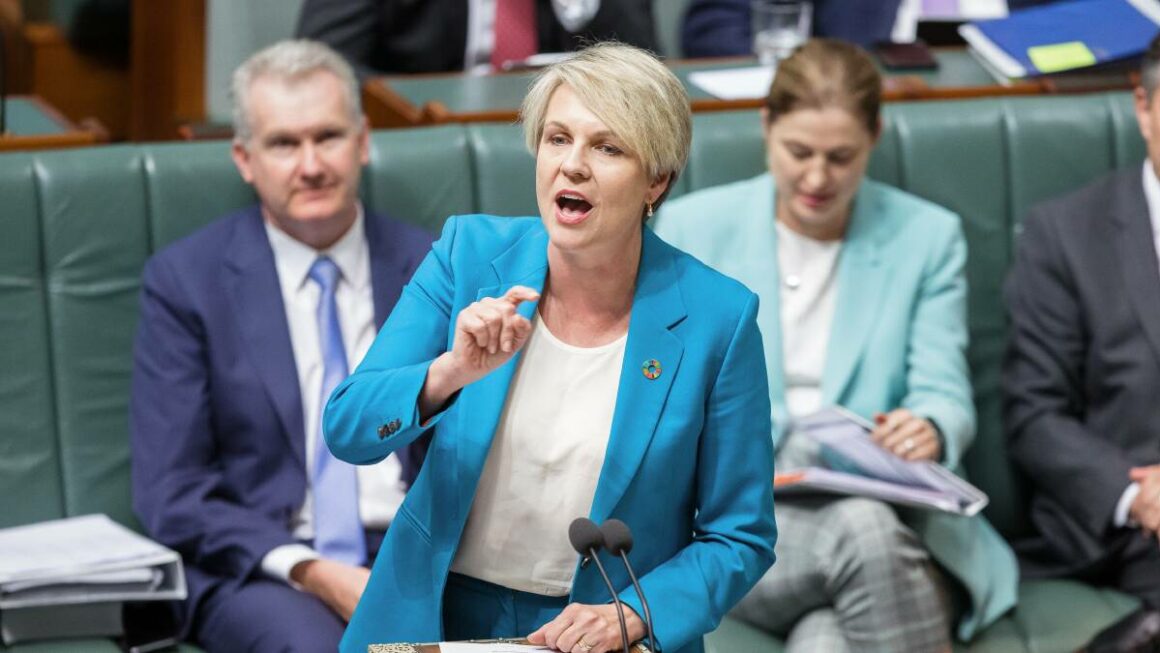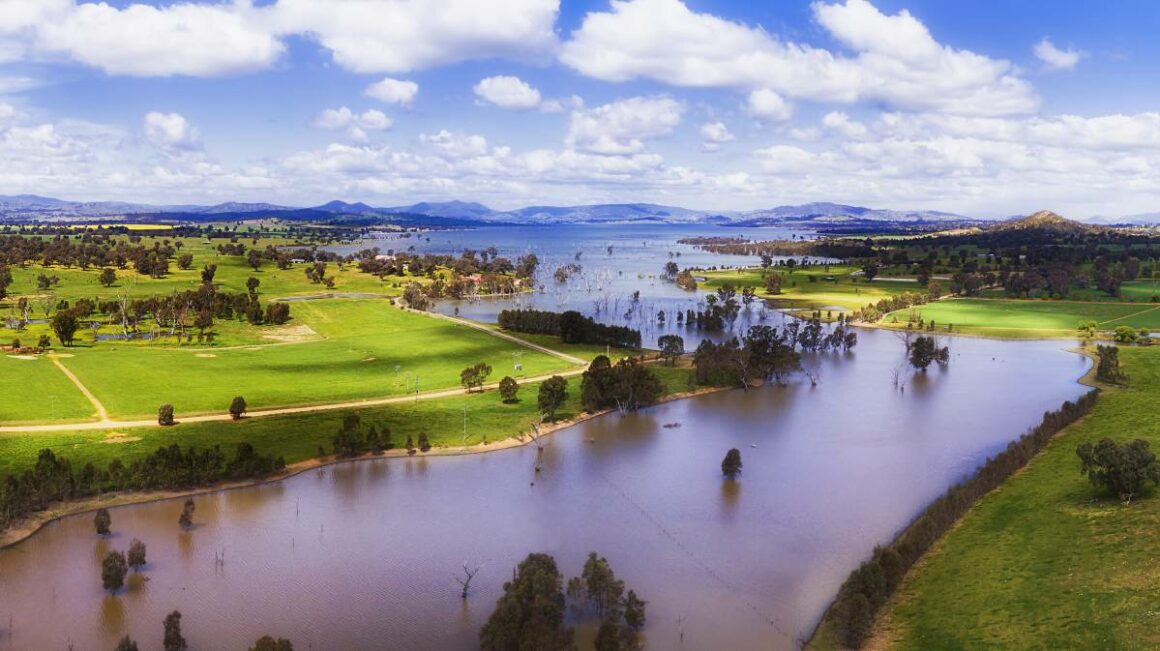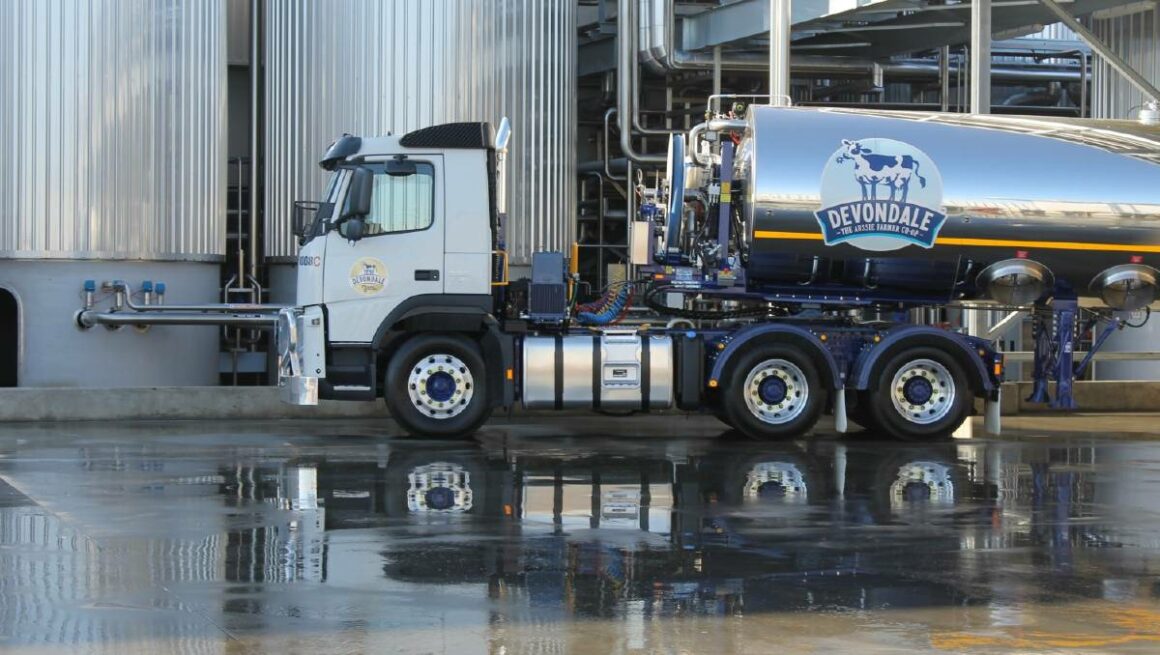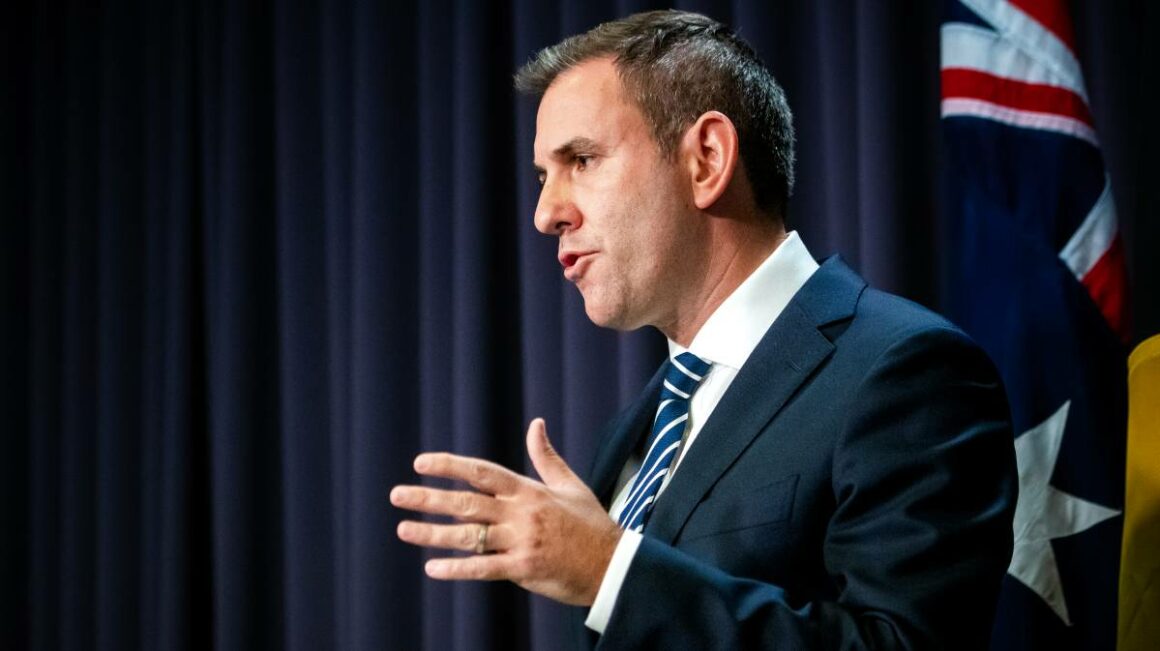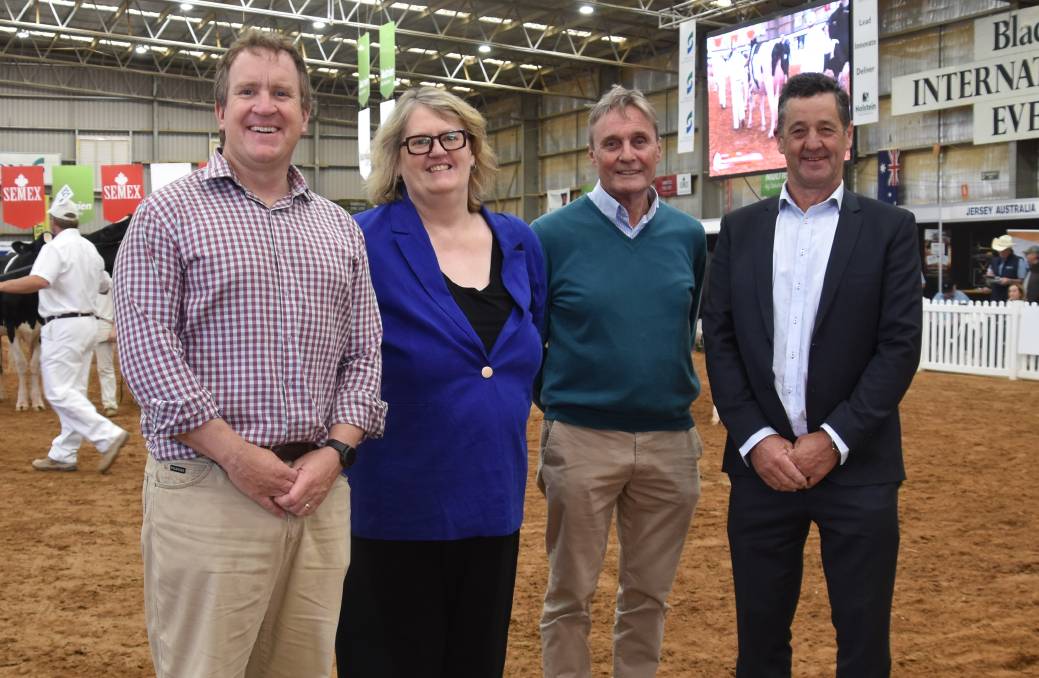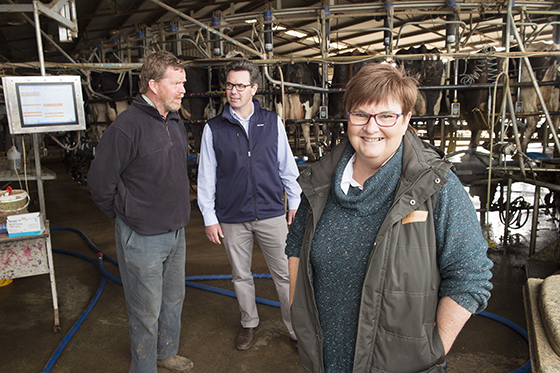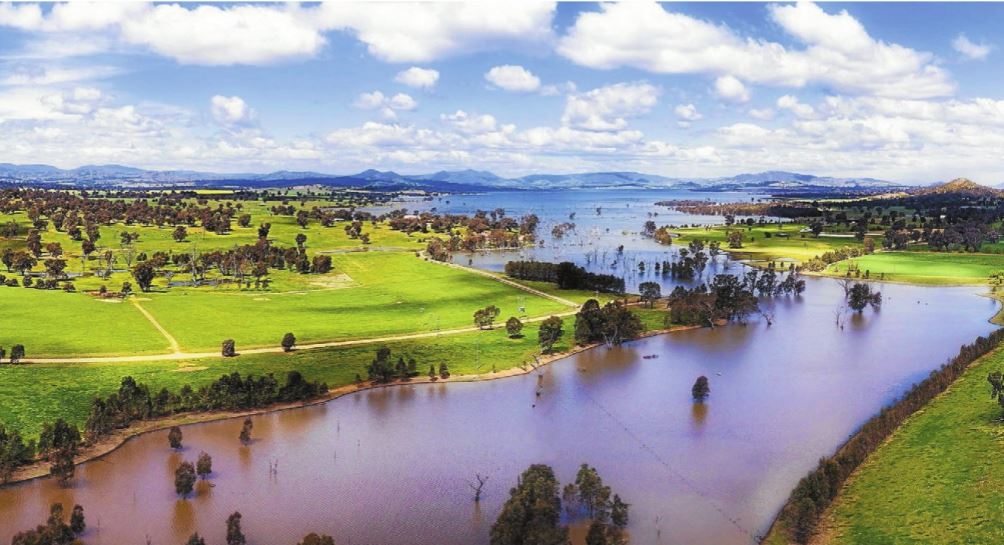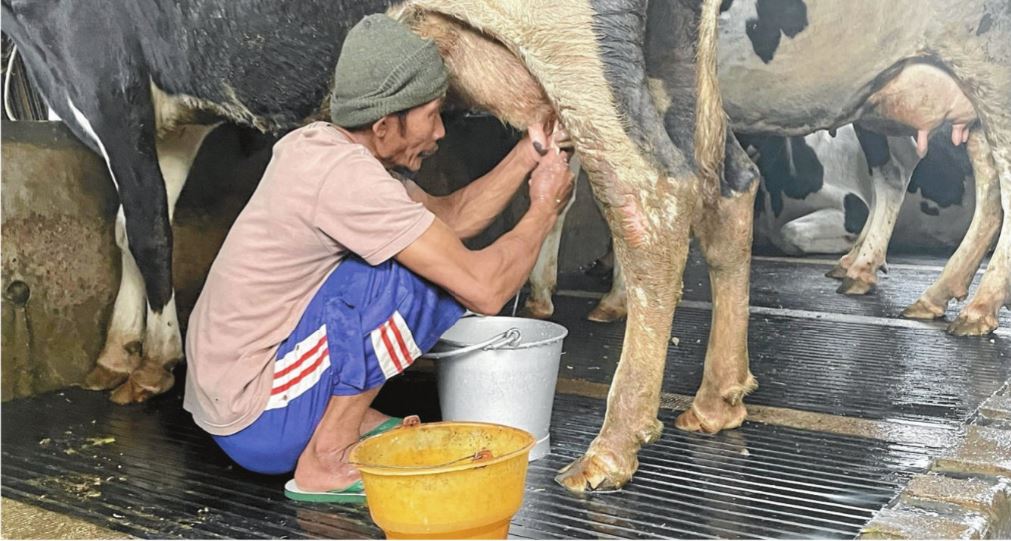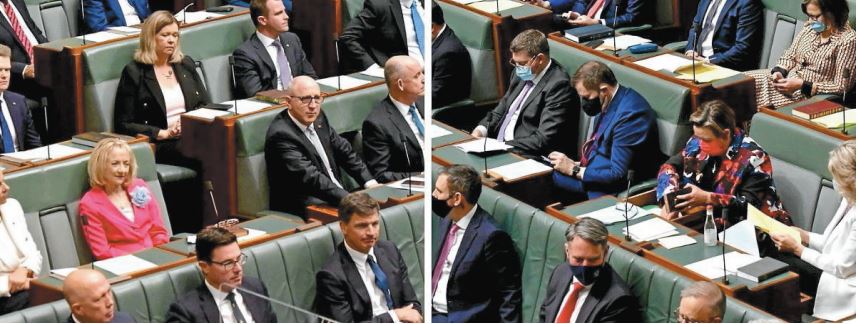With around half Australia’s dairy farmers either battling a crippling drought or rebuilding after floods, there’s a lot to unpack when it comes to governmental responses around the country.
The most recent estimates of significant decreases in the Australian milk pool in regions impacted by drought and flood demonstrate that it is even more imperative that government’s get the response right.
Yet, that’s not what we’re seeing across the board.
While states like South Australia have done a great job engaging with dairy farmers and delivering fit-for-purpose support, unfortunately the response in other locations isn’t as inspiring or useful.
The South Australian government has taken a swift and coordinated approach to drought relief as conditions continue to worsen across the state.
It’s a positive example of how government and industry can work together to support farming communities during crisis. In contrast, many dairy producers in Victoria have expressed concern over the timeliness and delivery of assistance available in that state.
The South Australian Government has worked constructively with the agricultural sector to deliver meaningful, practical support to communities facing severe feed shortages, water insecurity and mental health strain.
Key elements of South Australia’s drought response include:
- $55 million in targeted drought relief announced in April 2025, encompassing infrastructure grants, mental health services, and fodder freight subsidies.
- $18 million in support announced in December 2024, focused on on-farm needs and longer-term drought resilience.
- Freight assistance for fodder has provided critical cost relief for farmers transporting feed long distances, with hay prices exceeding $700 per tonne.
- Consultation with regional stakeholders has ensured that policy decisions are informed by local conditions and farmer feedback.
South Australia has shown that when governments engage early and work closely with industry, the results are practical and immediate.
However, across the border, dairy farmers in South-West Victoria, Gippsland and Northern Victoria continue to face mounting challenges, with many now operating under drought conditions for two consecutive seasons.
New South Wales faces two challenges – the state’s southern dairying regions are dry, while on the northern coast dairy farmers are rebuilding after one-in-500-year flooding.
The State Government’s flood response was another good example of how governments can act swiftly to help farmers.
A natural disaster was declared quickly and financial support flowed swiftly to dairy farmers. It wasn’t perfect, and ADF publicly raised the need for increased support, but it was relatively efficient.
With farming organisations and the NSW State government now applying to the Commonwealth for ‘Category D’ Disaster Recovery Funding assistance, it is hoped the Federal Government will act quickly and decisively in granting this recovery funding for primary producers and dairy farmers in Northern NSW.
Meanwhile in South-West Victoria, the drought is the worst since records began.
While the $37.7 million Victorian Drought Support Package announced last month is a welcome development, concerns remain around its effectiveness on the ground.
There are several challenges in Victoria. Firstly, an absence of targeted fodder freight support is placing significant financial strain on farmers already facing elevated input costs.
Processing delays at saleyards and abattoirs intensified pressures to manage livestock, further compounding the drought’s impact.
An overarching issue is the limited engagement with dairy farmers during the package development phase, which raises questions about how well the programs reflect on-farm realities.
ADF encourages the Victorian Government to consider greater collaboration with local agricultural sectors, and to ensure that delivery of support is both timely and tailored to the needs of regional communities.
Both South Australia and Victoria are home to some of Australia’s most productive dairy regions – now among the hardest hit by prolonged dry conditions.
The drought conditions, however, are not unique to Victoria or South Australia.
Across many farms in southern dairying regions, pasture-based feeding has been abandoned entirely, replaced by expensive supplementary feeding strategies.
Input costs, especially for hay and feed, have risen by more than 50% year-on-year. Farmers are reporting weekly feed bills exceeding $25,000–$30,000.
Milk production is dropping, while stress and fatigue among farming families continues to grow.
Drought is a national issue, but the response shouldn’t depend on which State you farm in.
South Australia and NSW have set strong examples, and I encourage all governments to match that level of responsiveness and partnership.
I also urge the Victorian Government particularly to enhance its approach – by increasing coordination with both the sector, introducing targeted freight relief, and working with the Commonwealth on greater Disaster Relief Funding.
By Ben Bennett, President, Australian Dairy Farmers
Column originally published in ACM Agri publications.

